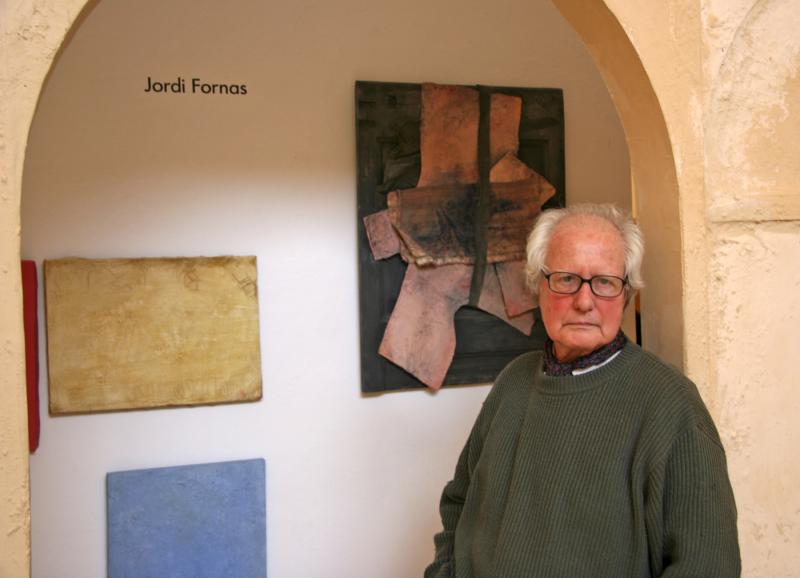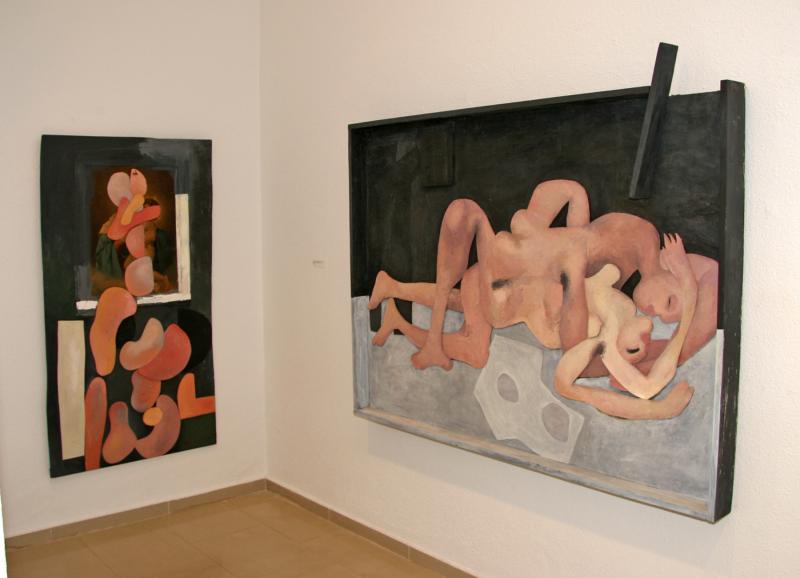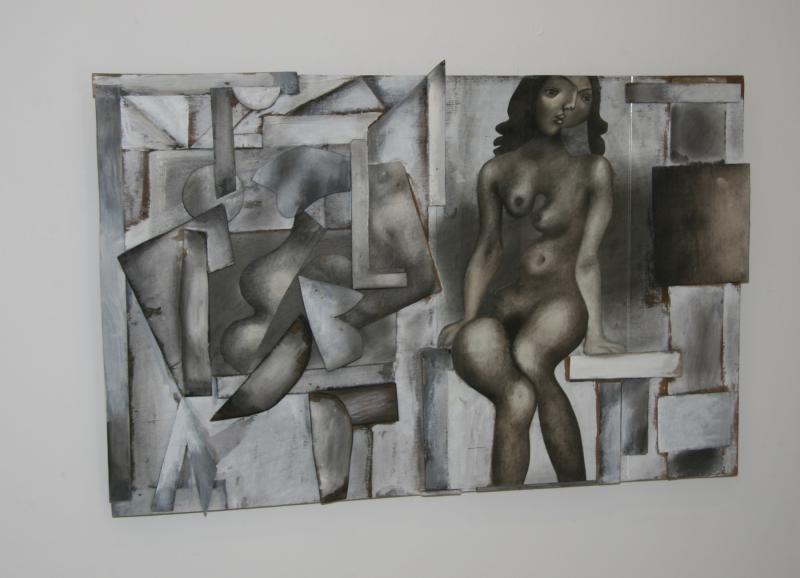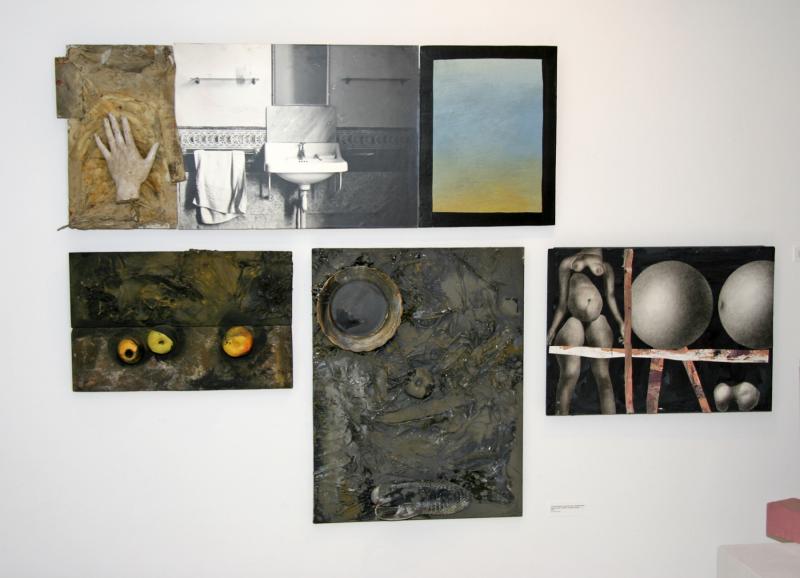Jordi Fornas
Martínez
Jordi Fornas Martínez
Barcelona, 1927
He studied at the Sant Jordi School of Fine Arts in Barcelona, where he obtained the degree of a licensed professor at the end of the 40s. In 1949 he obtained the Beca de Estudios para España from the Amigó Cuyàs Foundation and moved to Granada. During the period from 1949 to 1954 he traveled to Ibiza, where he dethinked many of the concepts dictated at the School of Fine Arts of Franco's time. It is during this same period that he exhibits, together with the sculptor Isern and the painter Aleu, the Nasjonalgalleriet of Oslo, under the organization of the Ministry of Foreign Affairs of Oslo. In 1955, he received the Scholarship from the French Institute of Barcelona and moved to Paris. Once installed again in Barcelona, decorate with murals the apse of the church of Montroig (Teruel). During these years, his exhibition activity focuses on participation in various exhibitions at the municipal level, at the I Hispanoamericana Bienal de Arte and in the May and October Halls of Barcelona, in several editions.
Since 1960, he devotes himself fully to graphic design and, since his collaboration with publishers in the country, becomes one of the main people responsible for the aesthetic renewal in Catalan publications. As a result of this intense task, he is awarded with the Delta FAD Awards for the design of book covers and covers of discs.
In 1975, he returned completely to painting and began to work in the field of sculpture, an activity that continues to develop in the present. During this last period we highlighted his participation in the exhibition of the former scholars of the French Government in the Salon del Tinell, organized by the French Institute of Barcelona, and, lastly, the exhibition Open Workshop, which took place in his studio, where he presented more than 300 works: a broad tour of his career as a painter and sculptor.
Jordi Fornas, painter
Paraphrasing what I think Espriu said many years ago talking about Vinyoli, I think that we can now say that we are still in time for everyone to know that Jordi Fornas is one of the important names of our painting.
Since the 60's, with the dedication to graphic design, his professional work has been renovated so that a whole world of culture (book covers, covers, program design, image of the Encyclopaedia, Serra's layout Gold, etc.) has had access to the recipients.
But during this professional dedication, and before and after, there was and there is the painter Jordi Fornas. Jordi Fornas is a painter, author of an abundant, personal and surprising work. Perhaps more surprising because it is not, as someone could expect, the work of the designer who paints, but that of the painter who expresses himself. And that means that he does not adopt, as he could have done, the resources of proven effectiveness in his professional work of designer, but he assumes the risk of the always new language of the painting.
The painting by Jordi Fornas is also surprising by another opposition to the craft he has practiced: if, as a graphic designer, his work has been to explain the content he presented, his painting "is" a reality for itself His pictorial works are material objects for themselves that, from physical reality (as well as support and painting, incorporates materials and objects rescued from previous use), they question us with their existence.
Perhaps, more than painting, it would be best to speak of pictorial objects, of volumetric pieces, even of authentic sculptures. And it is that the creative work of Jordi Fornas, in opposition to the practice of the graphic business, is not enough with the two-dimensional surface and, in the same way that it buzzes the limits of the support or frame, it is also 'Expand volumetrically.
And, as surprising and often disturbing, personal and original, also his work results in many family and cozy moments. This is because Jordi Fornas, in the same way that subverts and questions the pictorial practice, does not start from nothing, but is part of the tradition of the evolution of his art: the decomposition of the Cubists, the constructivism of the Russians , the found object of the Dadaists, the organic forms of Moore, etc. All the lessons of the teachers are assumed and prolonged by the pictorial practice of Jordi Fornas from an ambitious and persevering artistic attitude and a humble personal attitude and service. Leopardi wrote that he did not work for his century, but to talk with the tradition of the greatest.
It seems that this is also one of the vocations of the work of Jordi Fornas.
Antoni Munné-Jordà
Writer





